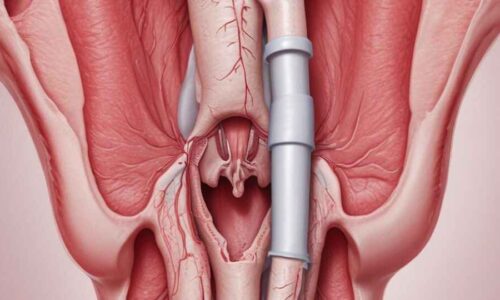
Can Uterine Fibroids Cause Infertility?
Uterine fibroids are a prevalent health concern affecting countless women worldwide. These noncancerous growths, also known as leiomyomas or myomas, develop within the uterine walls, manifesting in various sizes and shapes. While fibroids often remain asymptomatic, they can lead to an array of complications, with infertility being a primary concern for many women. In this comprehensive guide, we delve into the intricate relationship between uterine fibroids and infertility, shedding light on the mechanisms, risk factors, and potential treatment options.
Understanding Uterine Fibroids
Uterine fibroids typically originate from the smooth muscle tissue of the uterus, gradually expanding over time. Their development is influenced by a myriad of factors, including hormonal fluctuations, genetic predispositions, and environmental influences. These growths can vary significantly in size, ranging from small, undetectable nodules to large masses that distort the uterine cavity.
Exploring the Impact on Fertility
The impact of uterine fibroids on fertility remains a subject of intense scrutiny within the medical community. While many women with fibroids conceive and carry pregnancies to term without complications, others may face challenges due to the location, size, and number of fibroids present.
Location Matters
The location of uterine fibroids within the uterus plays a crucial role in determining their effect on fertility. Fibroids that distort the uterine cavity or impinge upon the fallopian tubes can interfere with the implantation of a fertilized egg or disrupt the normal flow of sperm, hindering conception.
Size and Number
The size and number of fibroids also factor into their impact on fertility. Large fibroids or multiple growths within the uterus can alter its shape and size, affecting the ability of the embryo to implant successfully or compromising blood flow to the uterine lining, thereby reducing the chances of conception.
Symptoms of Uterine Fibroids
The symptoms of uterine fibroids can vary depending on the size, number, and location of the fibroids. Common symptoms include:
- Heavy menstrual bleeding
- Menstrual periods lasting longer than a week
- Pelvic pressure or pain
- Frequent urination
- Difficulty emptying the bladder
- Constipation
- Backache or leg pains
Diagnosis of Uterine Fibroids
Imaging studies, physical examinations, and medical histories are usually used in the diagnosis of uterine fibroids. These examinations might consist of:
- Ultrasound: An ultrasound scan can help visualize the size and location of fibroids.
- MRI (Magnetic Resonance Imaging): MRI can provide detailed images of the uterus and fibroids, helping to determine their size and location.
- Hysterosalpingography: This procedure involves injecting a dye into the uterus and fallopian tubes to detect any abnormalities.
Risk Factors for Infertility
While uterine fibroids can pose challenges to fertility, certain risk factors may exacerbate their impact. These include:
- Age: Women approaching menopause are more likely to experience fibroids, which can coincide with declining fertility.
- Previous Uterine Surgeries: Prior uterine surgeries, such as myomectomies or cesarean sections, may increase the risk of fibroid development and subsequent infertility.
- Hormonal Imbalances: Fluctuations in hormone levels, particularly estrogen and progesterone, can contribute to the growth and proliferation of fibroids, potentially impairing fertility.
Treatment Options for Uterine Fibroids and Infertility
The size, quantity, and position of the uterine fibroids, the intensity of the symptoms, and the woman’s desire to become pregnant all influence the course of treatment for infertility and uterine fibroids. Treatment options may include:
- Medications: Hormonal medications such as birth control pills or gonadotropin-releasing hormone agonists (GnRHas) may help shrink fibroids and reduce symptoms.
- Surgery: Surgical options for fibroids include myomectomy, which involves removing the fibroids while preserving the uterus, and hysterectomy, which involves removing the uterus entirely.
- Uterine fibroid embolization (UFE): Through a minimally invasive treatment called UFE, the fibroids’ blood supply is cut off, which causes the tumors to shrink and eventually die.
- Assisted reproductive technologies (ART): In some cases, couples may need to undergo ART procedures such as in vitro fertilization (IVF) to achieve pregnancy despite the presence of fibroids.
Conclusion
In conclusion, while uterine fibroids can pose challenges to fertility, they do not necessarily equate to infertility. By understanding the intricate relationship between fibroids and reproductive health, women can make informed decisions regarding diagnosis, treatment, and family planning. Empowered with knowledge and supported by compassionate healthcare providers, women can navigate the complexities of uterine fibroids with confidence and resilience.
Wasiur Rehman
Wasiur Rehman is fueled by a deep passion for advancing innovation in healthcare and medical research. He possesses a Bachelor's degree in Computer Science Engineering and has dedicated approximately two years to his role as a research analyst and SEO content writer. Currently, he is a valuable member of the DiseaseInfoHub team, serving as a content and research guide.




